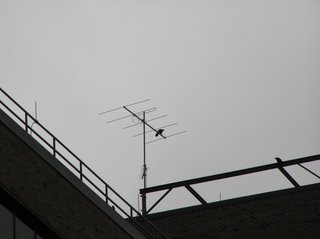 Key Function Of Nervous System Enzyme Found
Key Function Of Nervous System Enzyme Found.
Alzheimer's Donation
Donate Online Now
.
However, the researchers in Germany have now discovered that the insulating myelin sheaths of peripheral nerves fail to develop properly after inactivation of the gene encoding BACE1. In addition, the bundling of fibers of small diameter pain-sensing nerve cells into so-called Remak-bundles is abnormal. Intriguingly, the researchers found high levels of an uncleaved form of a protein, type III Neuregulin-1, in the nerve cells of BACE1 mutant mice.
Dr. Alistair Garratt and Professor Carmen Birchmeier were the first to demonstrate some years ago that nerve cells produce type III Neuregulin-1 to attract Schwann cells, the insulating glia of the peripheral nervous system, to the nerve fibers. These Schwann cells migrate along the nerve fibers and produce the myelin sheaths.
The findings of the researchers at the MDC, showing that BACE1 regulates the development of the myelin sheath, together with the discovery by Dr. Willem and Prof. Haass in Munich that BACE1 specifically cleaves Neuregulin-1, shed light on the newly characterized physiological function of BACE1: it is required to process Neuregulin-1 into a form that stimulates the Schwann cells to build up thick layers of myelin. This contrasts with the function of BACE1 in Alzheimer's disease, where its activity in cutting the protein APP is detrimental to the nervous system.
After birth, mice produce much BACE1 to trigger the insulation of nerve fibers with myelin. "BACE1 has therefore also positive functions, not only bad ones", explained Dr. Garratt. If the myelin sheath is missing, or inadequately formed, it can eventually lead to nerve dysfunction, as the researchers found in mice lacking a functional BACE1 gene. "We have thus been able to bring together the field of developmental biology with that focusing on neurodegenerative diseases," commented Dr. Garratt.
The researchers would predict that inhibition of BACE1 in the adult animal should not impact on the myelination of peripheral nerves, as Neuregulin-dependent signals are then no longer required for the maintenance of myelin sheaths. The elucidation of a physiological function of BACE1 should however allow the development of inhibitors which prevent specifically the generation of amyloid in the brain.





























